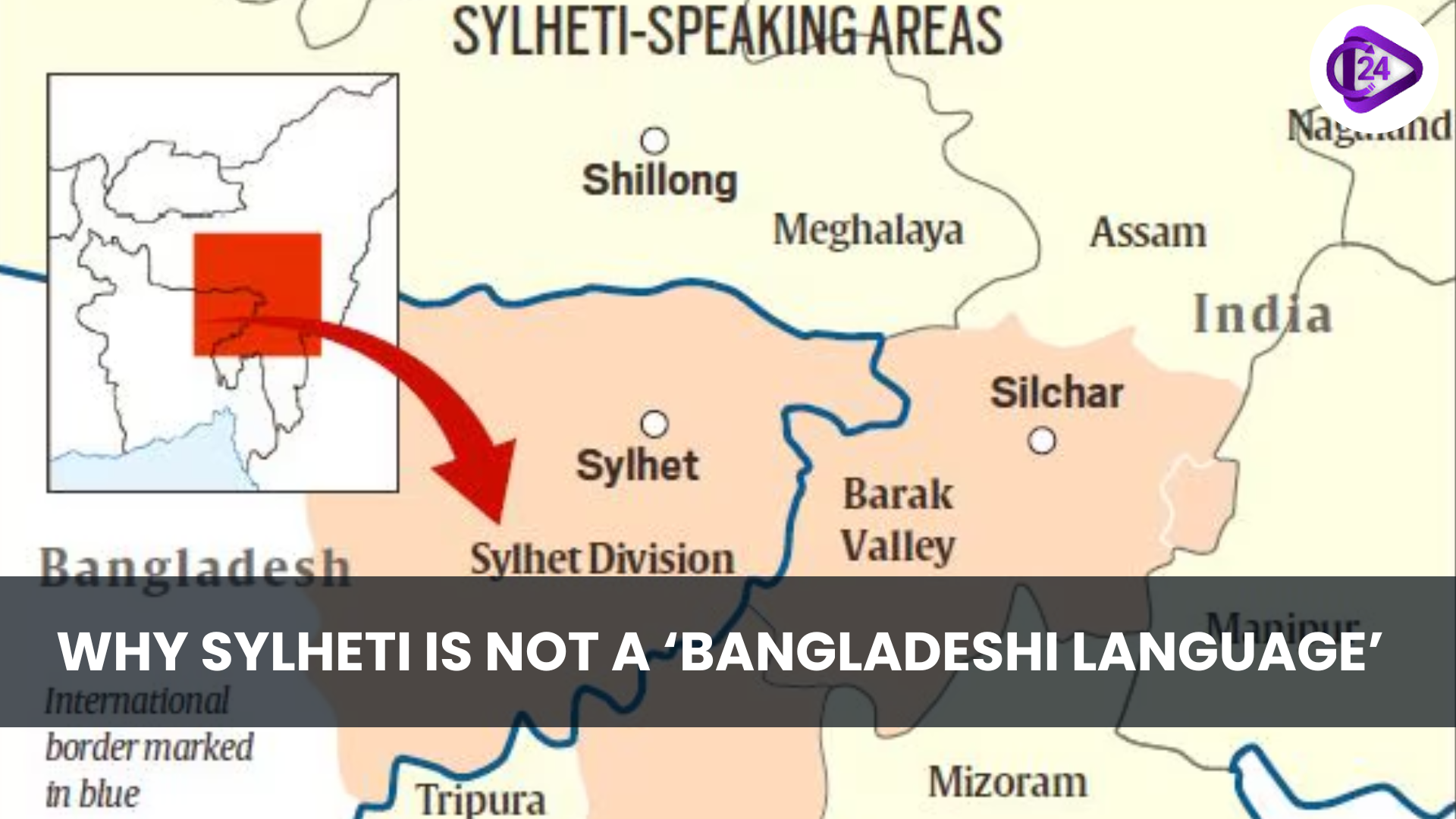
There has been a flare up of controversy with a letter of Delhi Police describing Bengali as the national language of Bangladesh. Amit Malviya, a BJP leader, defended the reference by saying that Sylheti was a dialect that was almost unintelligible to the Indian Bengalis implying an association with the Bangladeshi immigrants. It has caused a backlash in the Barak Valley of Assam where Sylheti is an extremely common language, and this has ignited language and identity issues.
Context
What is Sylheti?
-
Sylheti is a local speech variant, which is spoken in:
-
Division of Bangladesh.
-
Barak Valley (Assam), western Tripura and Meghalaya in India.
-
Linguistic Debate:
-
Mutual intelligibility makes some linguists group it as a dialect of Bengali.
-
It is further claimed by some others that Sylheti has its own phonetics, lexicon and even a recording history (Sylhet-Nagri), which warrants the classification of Sylheti as an independent language.
-
Diglossia: Standard Bengali is spoken mainly in education whereas in the regions Sylheti is implemented informally.
Historical Background
Colonial Era:
-
In 1874, Sylhet separated Bengal and was added to Assam to enhance the revenue base of this province.
-
Sylhet region was incorporated into the Assam region but preserved the Bengali culture between 1874-1947.
Partition 1947:
-
In July 1947, Sylhet was determined in a referendum.
-
Most of Sylhet became a part of East Pakistan (current Bangladesh) and Karimganj retained part of itself on the Indian side.
-
Led to the influx of Sylheti Hindu refugees to the Barak Valley and the rest of Assam and Tripura.
Cultural identity of speakers of Sylheti
-
The biggest percentage of the Sylheti speakers in India consider themselves Bengal and not a speaker of a foreign language or one in Bangladesh.
-
They speak a different local form, but linguistics, culture, and history also have links with Bengal.
-
Sylhetis have served in the public life of Assamese since the colonial times; and in administration and education.
Outrage and politics aftermath
-
Trigger: Bengali also refers to Bangladesh by Delhi Police and Sylheti is considered a short form of Bangladesh immigration according to Amit Malviya.
-
Barak Valley Reaction:
-
Blocking of the BJP local leaders and civil life.
-
One of the leading BJP leaders and former Silchar MP, Rajdeep Roy, said that:
-
More than 7 million Indians speak Sylheti.
-
Sylheti is Indian and Bengali, not foreign.
-
-
Scholarly Perspective: Scholars such as Tapodhir Bhattacharjee maintain that Sylheti is only phonetically distinct amongst the Bengali language, and considered not by syntax and morphology as a unique language.
Why the Controversy Matters
|
Issue |
Significance |
|
Linguistic Identity |
Attempts to label Sylheti as foreign threaten the cultural identity of Indian citizens. |
|
Partition Legacy |
Sylheti speakers have historical presence in India before Bangladesh or East Pakistan existed. |
|
Political Sensitivity |
Barak Valley is a BJP stronghold; alienating Sylheti speakers risks political fallout. |
|
Illegal Immigration Debate |
Associating a native Indian dialect with Bangladeshi infiltration is seen as profiling and misrepresentation. |
Conclusion
The Sylheti problem indicates the interconnections between language, identity, movement and politics within the component of Northeast India. Although Sylheti was different from Standard Bengali, it is a language spoken by millions of Indians, who have historical background before the Partition. Any initiative to label it as foreign by stigmatising it can create an adverse effect of alienating an otherwise rich linguistically and culturally diverse community and destabilising the linguistic diversity of India.



 Guru Nanak Jayanti 2025 Date Importance History and Celebration Guide
Guru Nanak Jayanti 2025 Date Importance History and Celebration Guide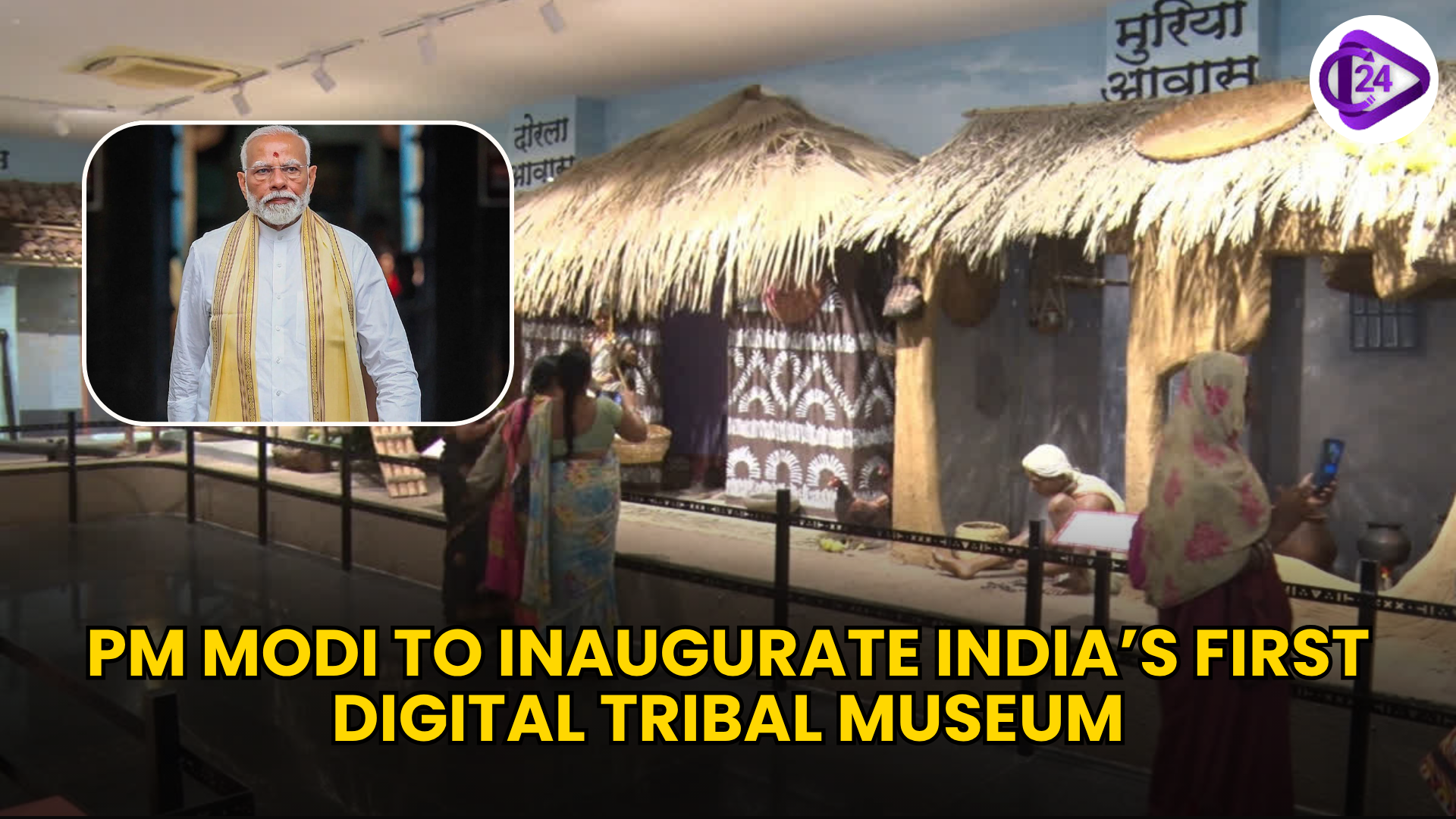 PM Modi to Inaugurate India’s First Digital Tribal Freedom Fighters Museum in Naya Raipur
PM Modi to Inaugurate India’s First Digital Tribal Freedom Fighters Museum in Naya Raipur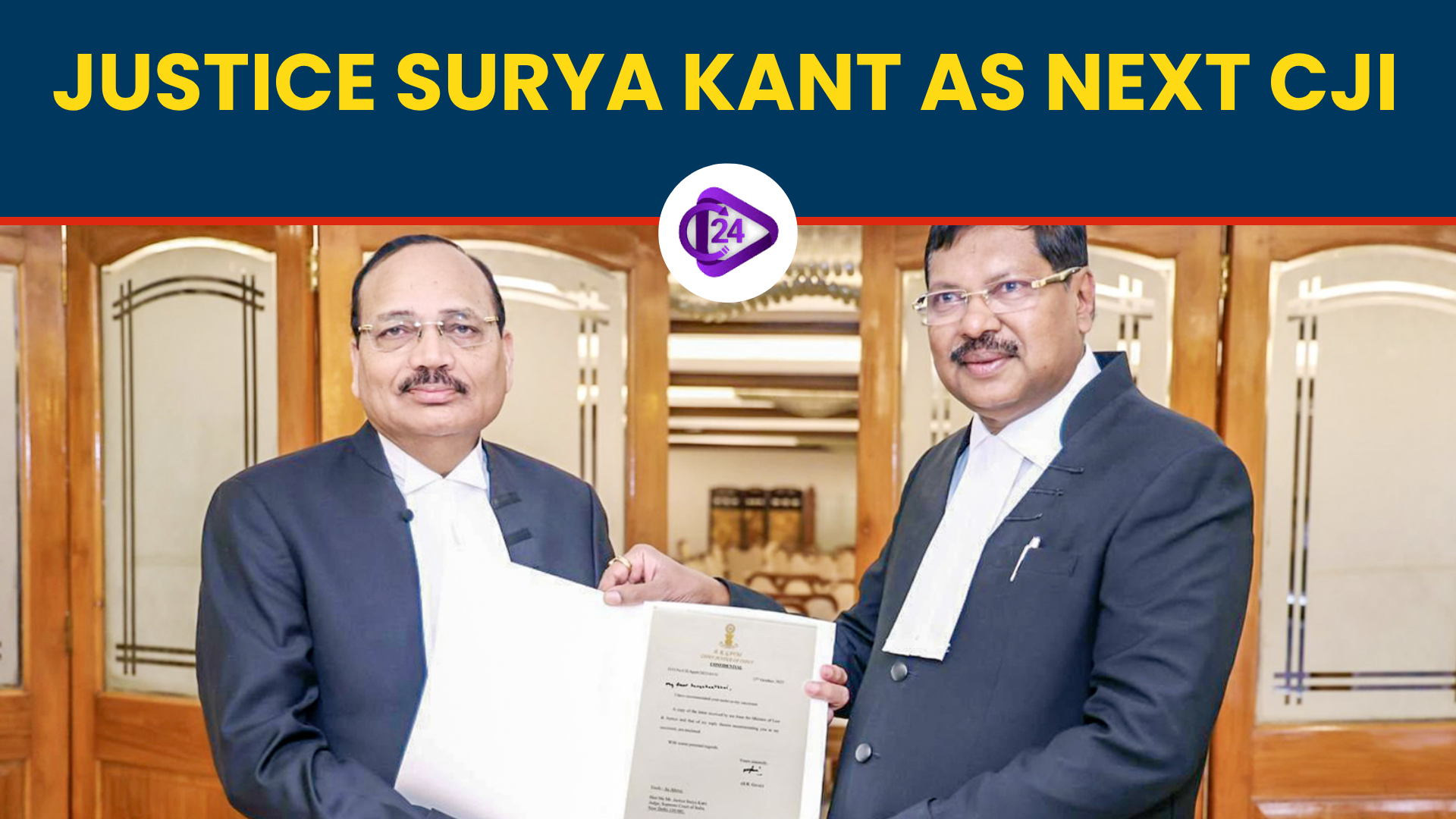 President Appoints Justice Surya Kant as the 53rd Chief Justice of India
President Appoints Justice Surya Kant as the 53rd Chief Justice of India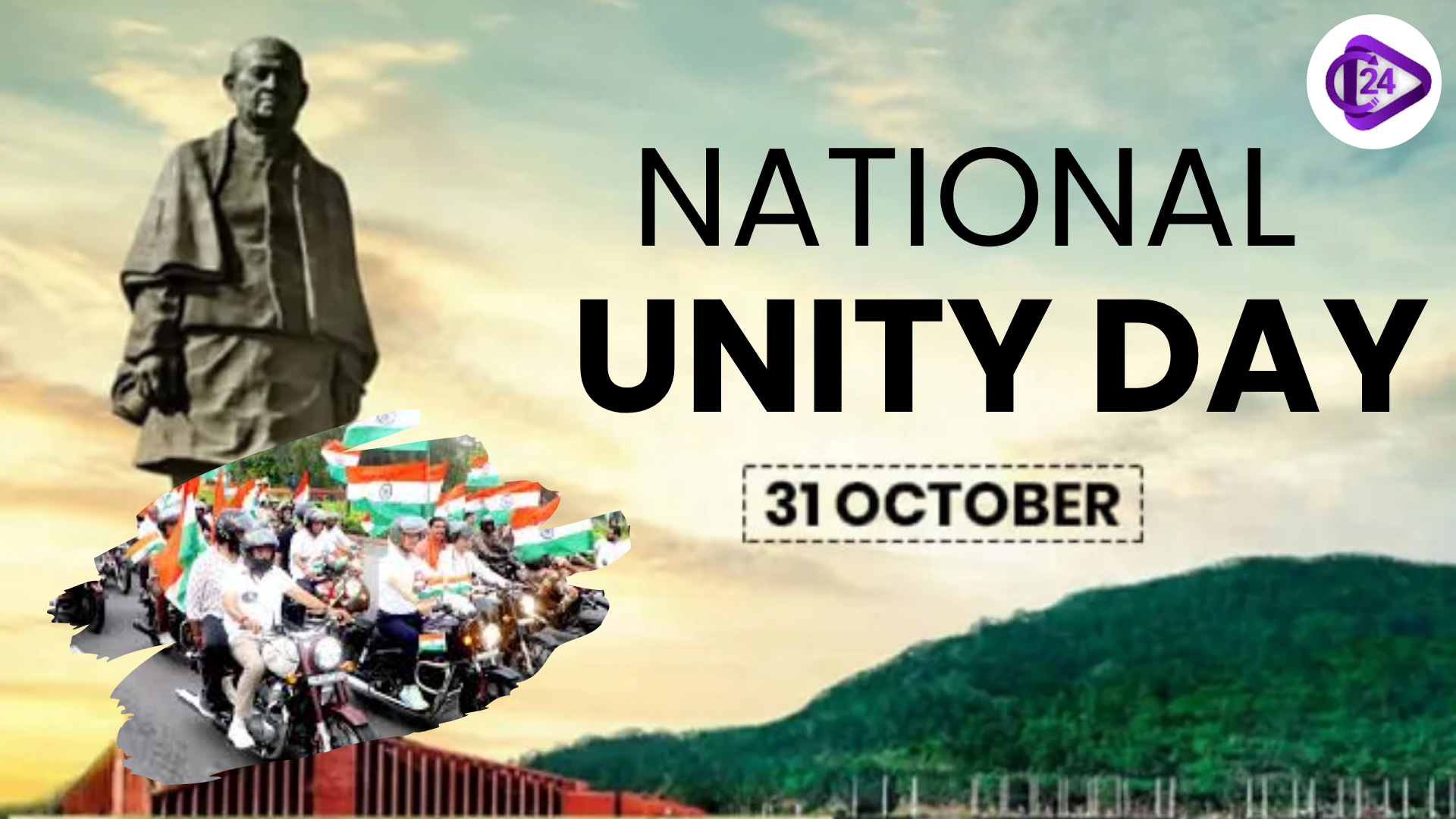 150th Birth Anniversary of Sardar Vallabhbhai Patel: India Celebrates National Unity Day 2025
150th Birth Anniversary of Sardar Vallabhbhai Patel: India Celebrates National Unity Day 2025 Ministry of Coal Launches Koyla Shakti Smart Analytics Dashboard
Ministry of Coal Launches Koyla Shakti Smart Analytics Dashboard Droupadi Murmu Becomes First Indian President to Fly in Rafale
Droupadi Murmu Becomes First Indian President to Fly in Rafale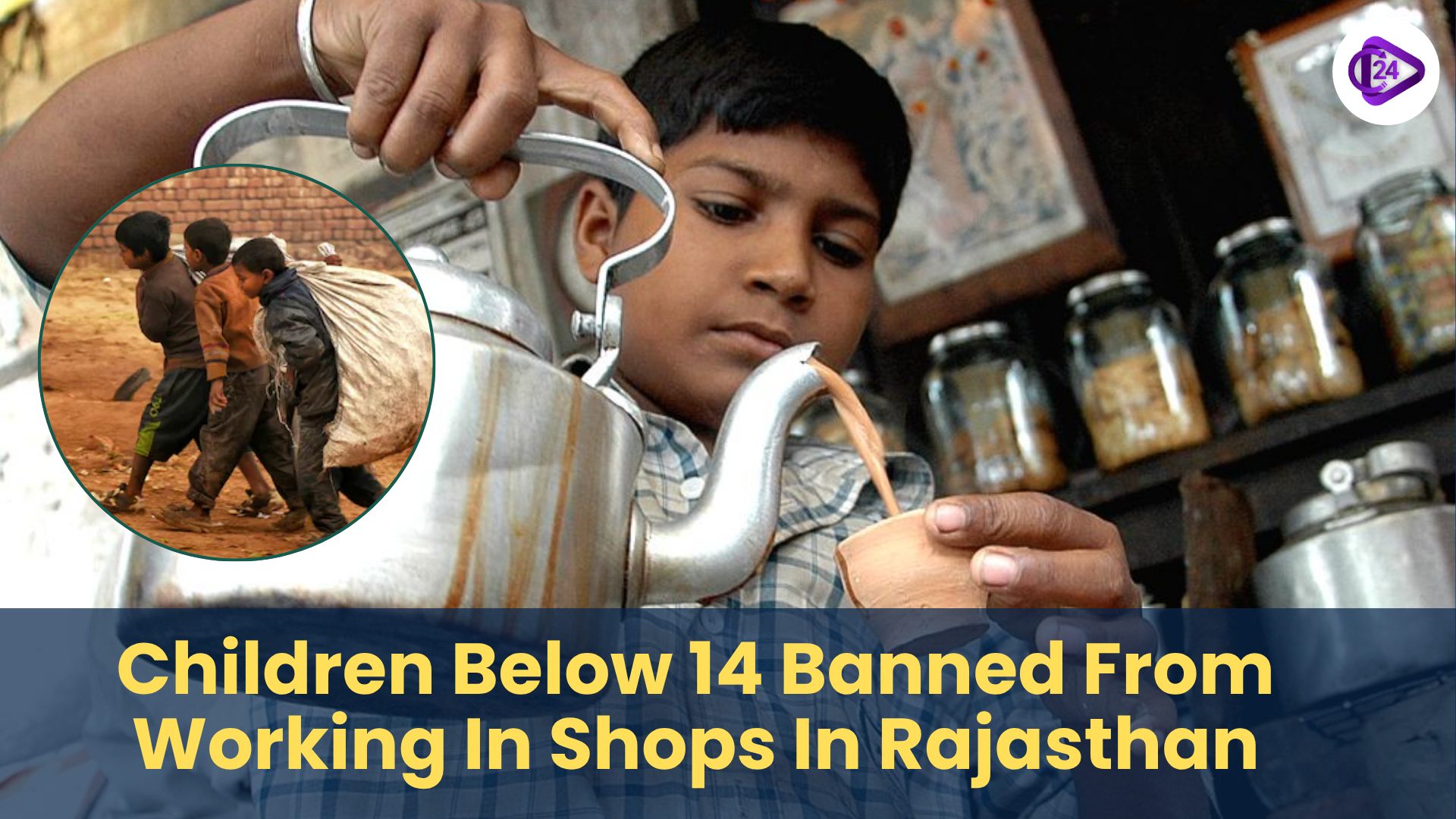 Rajasthan Bans Employment of Children Below 14 in Shops and Commercial Establishments
Rajasthan Bans Employment of Children Below 14 in Shops and Commercial Establishments India's First Glass Suspension Bridge, Bajrang Setu, Will Redefine Rishikesh Tourism by 2025
India's First Glass Suspension Bridge, Bajrang Setu, Will Redefine Rishikesh Tourism by 2025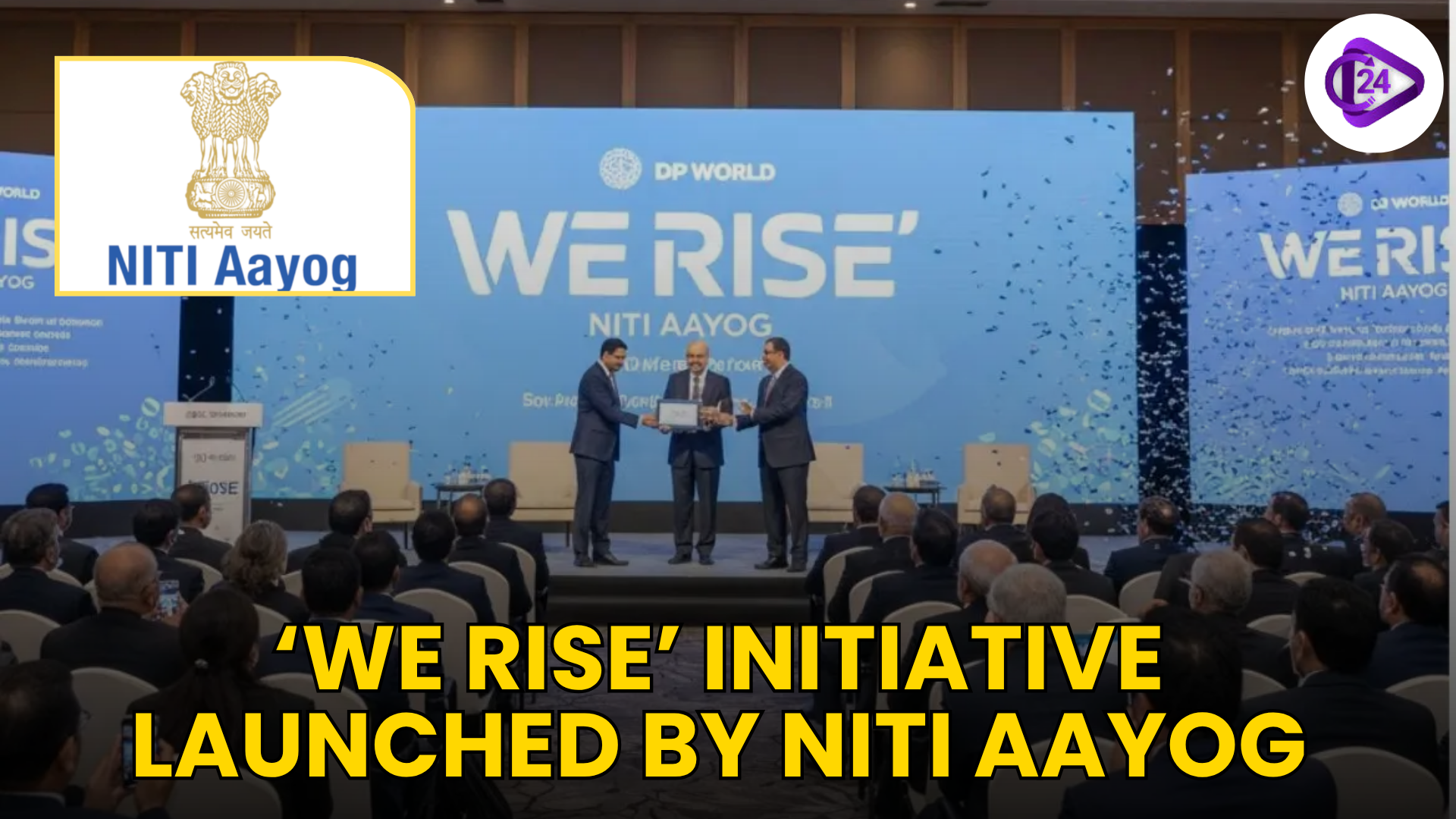 NITI Aayog’s ‘We Rise’ Empowers Women Entrepreneurs
NITI Aayog’s ‘We Rise’ Empowers Women Entrepreneurs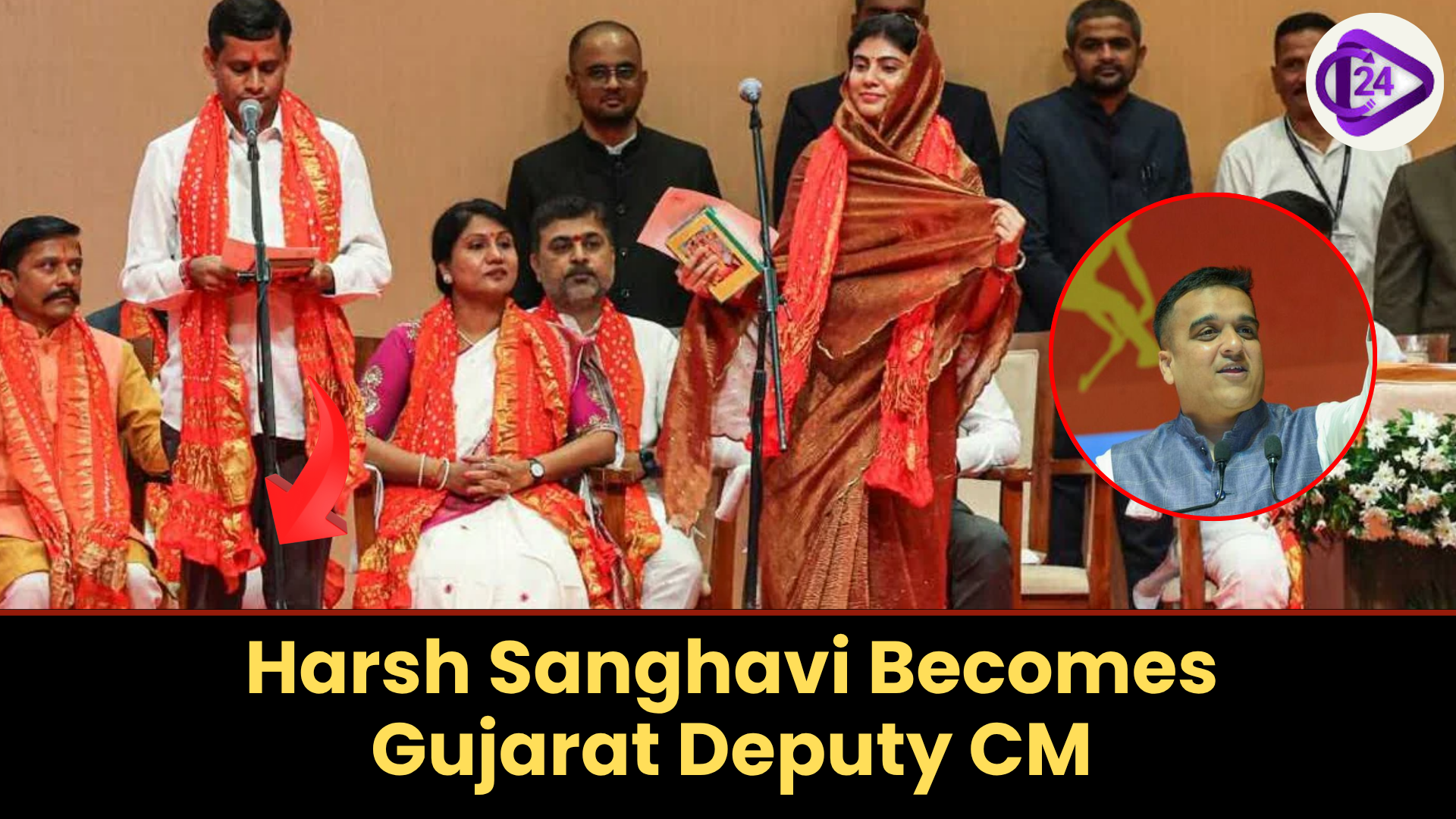 Harsh Sanghavi Appointed Gujarat Deputy Chief Minister in Major Cabinet Reshuffle
Harsh Sanghavi Appointed Gujarat Deputy Chief Minister in Major Cabinet Reshuffle






